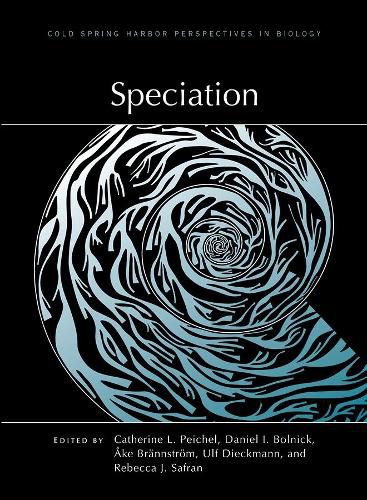Readings Newsletter
Become a Readings Member to make your shopping experience even easier.
Sign in or sign up for free!
You’re not far away from qualifying for FREE standard shipping within Australia
You’ve qualified for FREE standard shipping within Australia
The cart is loading…






How new species emerge has fascinated biologists since Darwin. Barriers to gene flow, such as sexual isolation, habitat selection, or postzygotic inviability, play critical roles. These lead to reproductive isolation and are crucial to the formation of new species. Written and edited by experts in the field, this collection from Cold Spring Harbor Perspectives in Biology reviews progress in our understanding of the speciation process. Recent advances have shed new light on how reproductive barriers are established, how these barriers to gene flow are coupled to each other, and the underlying genetic mechanisms. The contributors cover innovations in genetics, genomics, theoretical frameworks, and comparative techniques that have broadened the perspective of researchers in the field.
They review the contributions of pre- and postzygotic isolating barriers, hybridization, chromosomal architecture, biotic and abiotic factors to speciation, particularly in cases of adaptive radiations. Speciation research has often become entangled with cultural and political views. This problematic history is also addressed, as is the impact of human activity on speciation. The volume will therefore be of interest not only to geneticists and evolutionary biologists but ecologists and other scientists interested in understanding how speciation occurs and its consequences.
$9.00 standard shipping within Australia
FREE standard shipping within Australia for orders over $100.00
Express & International shipping calculated at checkout
How new species emerge has fascinated biologists since Darwin. Barriers to gene flow, such as sexual isolation, habitat selection, or postzygotic inviability, play critical roles. These lead to reproductive isolation and are crucial to the formation of new species. Written and edited by experts in the field, this collection from Cold Spring Harbor Perspectives in Biology reviews progress in our understanding of the speciation process. Recent advances have shed new light on how reproductive barriers are established, how these barriers to gene flow are coupled to each other, and the underlying genetic mechanisms. The contributors cover innovations in genetics, genomics, theoretical frameworks, and comparative techniques that have broadened the perspective of researchers in the field.
They review the contributions of pre- and postzygotic isolating barriers, hybridization, chromosomal architecture, biotic and abiotic factors to speciation, particularly in cases of adaptive radiations. Speciation research has often become entangled with cultural and political views. This problematic history is also addressed, as is the impact of human activity on speciation. The volume will therefore be of interest not only to geneticists and evolutionary biologists but ecologists and other scientists interested in understanding how speciation occurs and its consequences.